 |
||
|
||
| ||
A bird in the hand is worth two in the bush.
Proverb
But market is market, and 3D functions are not the only distinguishing factor. Probably, the most frequently used bonus is a video-in. Let's see what ATI offers in its latest video cards All-In-Wonder RADEON 9800 PRO and RADEON 9600 PRO VIVO made by Sapphire. The first card is already reviewed, let's have a look at the other. AccessoriesThe box is traditional for Sapphire and has the VIVO sticker. By the way, this abbreviation (Video-In Video-Out) looks outdated as all cards of the latest generations come with a Video-Out (TV-Out) by default.  In contrast to the All-In-Wonder RADEON 9800 PRO which has the box of the same size, this time the stuff is not packed so tightly. So, it contains 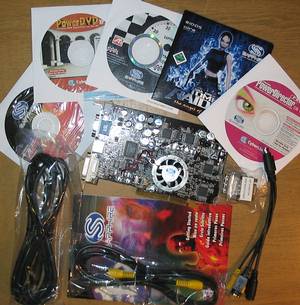
The Pinnacle Studio 8.4 SE is replaced with the Power Director 2.55 Pro from Cyberlink. 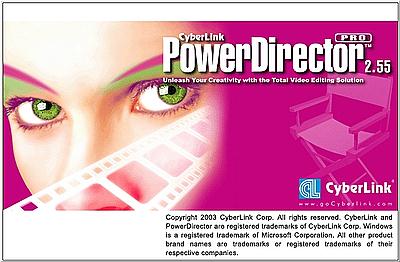 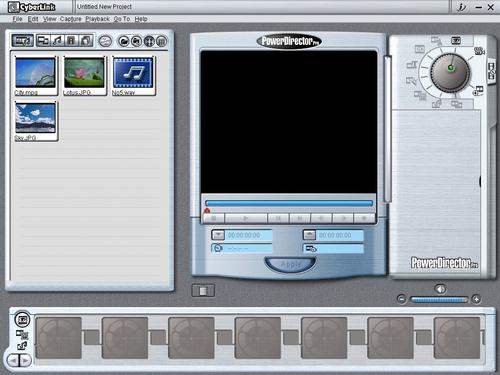 This looks an equal substitute. I wonder why the All-In-Wonder RADEON 9800 PRO card doesn't have the PowerDVD 4.0 XP DVD player from Cyberlink with traditionally limited audio features - this player is often supplied with many other video solutions.  The Tomb Raider: The Angel of Darkness is again supplied :-) . Design and specification
|
|||||||||||||||||||||||||||||||||||||||||||||
| Sapphire RADEON 9600 PRO | |
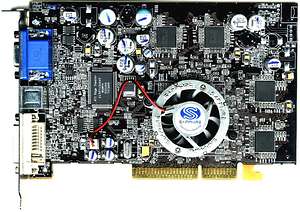 |
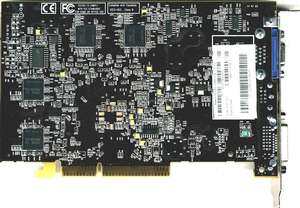 |
| Sapphire RADEON 9600 PRO | |
| AGP x8/x4/x2 interface, 128 MB DDR SDRAM in 8 chips on both PCB sides.
Samsung (BGA) 2.8ns memory chips (corresponds to 350 (700) MHz), memory clocked at 300 (600) MHz, GPU at 400 MHz. 128bit memory bus. |
 |
| Except the VIVO this is a usual RADEON 9600 PRO based card, and its specs
and performance can be checked up in this
review.
External sources are connected via an ordinary adapter hooked up to the MiniDIN 9-pin port.  The D-Sub connector is sacrificed, that is why the multimonitor configuration can consist of a display and TV as well as of two displays, in contrast to the All-In-Wonder series. Cards' video capture features depend mostly on chips' characteristics that control analog to digital conversion. The RADEON 9600 PRO VIVO integrates the previous version of the Rage Theater,  instead of the THEATER 200, like on the All-In-Wonder RADEON 9800 PRO. Such separation (until the THEATER 200 was released the VIVO and All-In-Wonder cards did with the Rage Theater) probably has the marketing grounds. I doubt that the chips differ much in the cost. The fact that the Rage Theater is used on Asus' top models proves it. Testbed
Connection and BenchmarkingIn the tests we used the latest WDM driver from the Catalyst 3.8 package, Catalyst 3.8 as a video driver and ATI MultiMedia Center 8.7. After installation we got the following devices:  The third participant in this competition is a video-out of the ECS EZ-TV (TVP3XP) tuner equipped with the 9-bit Philips SAA7134HL chip. Its quality is similar to the Philips 7174 and 7114 installed on cards with VIVO and TV tuners from NVIDIA. Besides, such approach can help you decide what's better - video capture integrated in the card or a separate device. The tuner captured video with the InterVideo WinDVR 3.0 The SVEN HD-1050 DVD player was used as a source. The test applications are The Fifth Element (a dynamic scene) and Sisters (a static scene), 5 zone, PAL, and a test table recorded on a disc in the jpeg file. 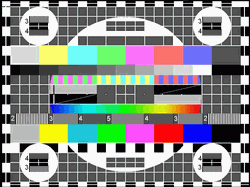 Probably the player handles jpeg and DVD differently because none of the programs enabled overscan on the test table, and the WinDVR 3.0 together with the Philips even reduced the image to 640x480. Besides, the maximum possible resolution of frames captured in the WinDVR 3.0 is 720x576, but the difference between 768x576 and 720x576 is not of great importance because our aim today is to review the cards' capabilities. Brightness, color and contrast were set to Default. Quality
|
In case of the composite input of the Rage Theater on the RADEON 9600 PRO VIVO you can notice color crosstalk. The All-In-Wonder RADEON 9800 PRO with the THEATER 200 performs much better. I wonder if it's because of the new chip or because of error correction. The leader is the Philips SAA7134HL as it reveals no distortions at all. We came across such situation before when reviewed the MSI-8918 with the Philips SAA7174HL. You should pay attention to it if you are going to sample your VHS collection.
In case of the S-Video the image gets much sharper. The difference is hardly noticeable on the ECS EZ-TV but remember that its composite-in is realized much better compared to the other tuners.
None of the cards have color distortions in case of the S-Video. That is why a video cards with the Rage Theater can successfully be used with a camera with an S-Video out.
Color rendering is pretty good in all cases, though the Philips SAA7134HL delivers a more natural image. On the other hand, it can be adjusted in the respective programs. Besides, some people prefer bright colors.
Finally, the RADEON 9600 PRO VIVO and All-In-Wonder RADEON 9800 PRO deliver a bit different geometry, but such parameters can be different even in the chips of the same series.
I hope that the test results will help you make your choice in favor of a TV tuner or a video card with VIVO.
The RADEON 9600 PRO VIVO card demonstrates once again that Sapphire is one of the leading manufacturers of graphics cards based on ATI's chips. Besides, the video-in can become a determining factor in one's choice.
The ATI RADEON 9600/9800 video cards inherit the video capture specs from the 9500/9700 line, but most of the problems we drew your attention to in the reviews of ATI cards of the previous generations with VIVO are now solved.
Taking into account that the cards with the Rage Theater chip are just slightly dearer than their competitors without such functions they can become a good choice especially with the S-Video source used.
The All-In-Wonder cards with the THEATER 200 chip deliver the best video capture quality among all ATI cards. Besides, they usually have additional bonuses like a TV tuner, a remote control etc. But the price of such cards is proportional to their capabilities.
Unfortunately, the THEATER 200 tuner is installed only on the top models;
I hope it will soon change for better.
Write a comment below. No registration needed!
|
Article navigation: |
| blog comments powered by Disqus |
| Most Popular Reviews | More RSS |
 |
Comparing old, cheap solutions from AMD with new, budget offerings from Intel.
February 1, 2013 · Processor Roundups |
 |
Inno3D GeForce GTX 670 iChill, Inno3D GeForce GTX 660 Ti Graphics Cards A couple of mid-range adapters with original cooling systems.
January 30, 2013 · Video cards: NVIDIA GPUs |
 |
Creative Sound Blaster X-Fi Surround 5.1 An external X-Fi solution in tests.
September 9, 2008 · Sound Cards |
 |
The first worthwhile Piledriver CPU.
September 11, 2012 · Processors: AMD |
 |
Consumed Power, Energy Consumption: Ivy Bridge vs. Sandy Bridge Trying out the new method.
September 18, 2012 · Processors: Intel |
| Latest Reviews | More RSS |
 |
Retested all graphics cards with the new drivers.
Oct 18, 2013 · 3Digests
|
 |
Added new benchmarks: BioShock Infinite and Metro: Last Light.
Sep 06, 2013 · 3Digests
|
 |
Added the test results of NVIDIA GeForce GTX 760 and AMD Radeon HD 7730.
Aug 05, 2013 · 3Digests
|
 |
Gainward GeForce GTX 650 Ti BOOST 2GB Golden Sample Graphics Card An excellent hybrid of GeForce GTX 650 Ti and GeForce GTX 660.
Jun 24, 2013 · Video cards: NVIDIA GPUs
|
 |
Added the test results of NVIDIA GeForce GTX 770/780.
Jun 03, 2013 · 3Digests
|
| Latest News | More RSS |
Platform · Video · Multimedia · Mobile · Other || About us & Privacy policy · Twitter · Facebook
Copyright © Byrds Research & Publishing, Ltd., 1997–2011. All rights reserved.